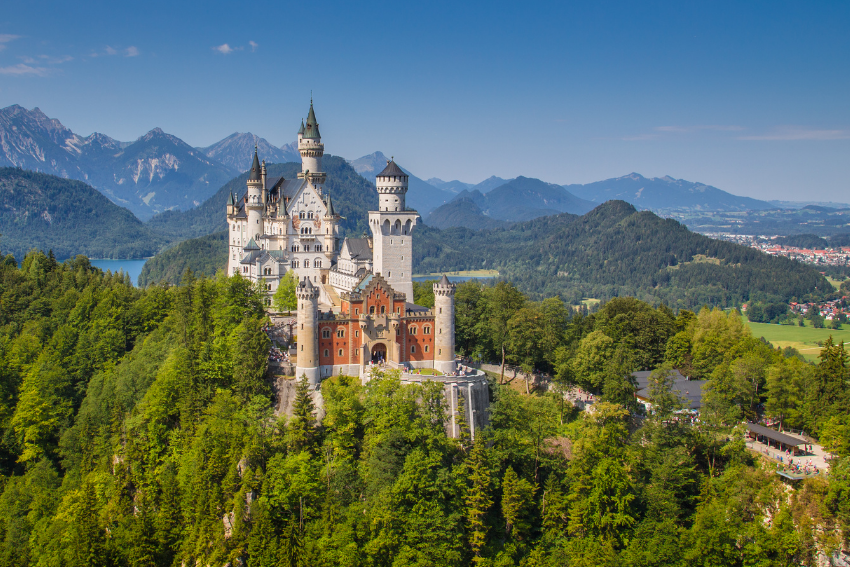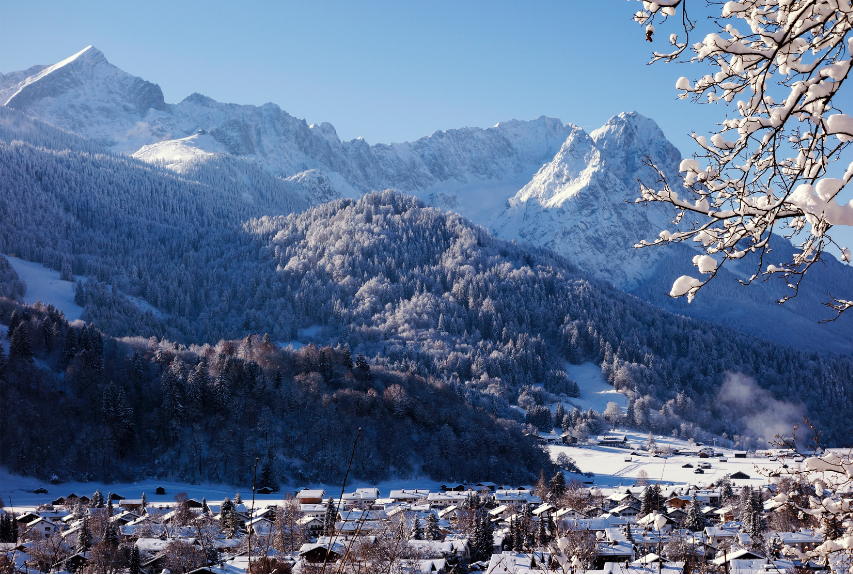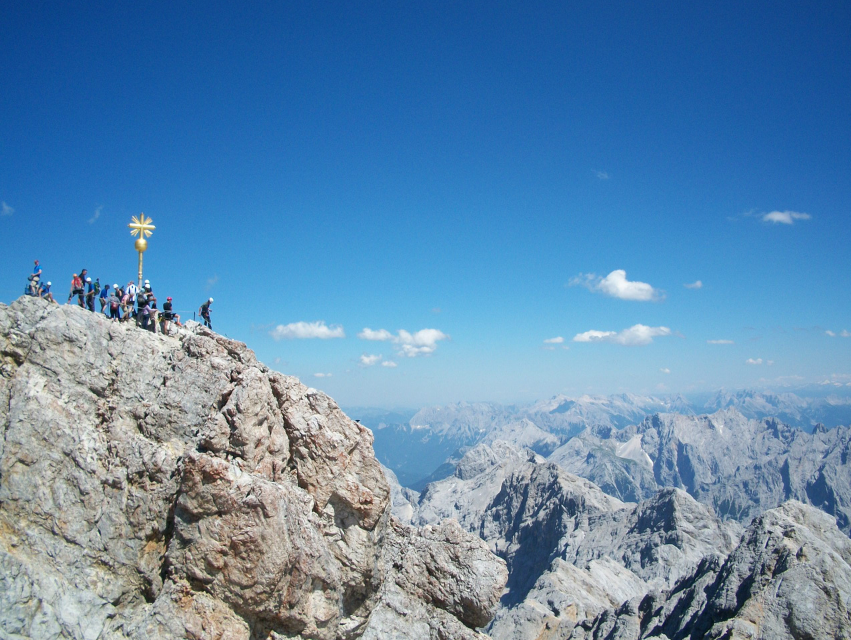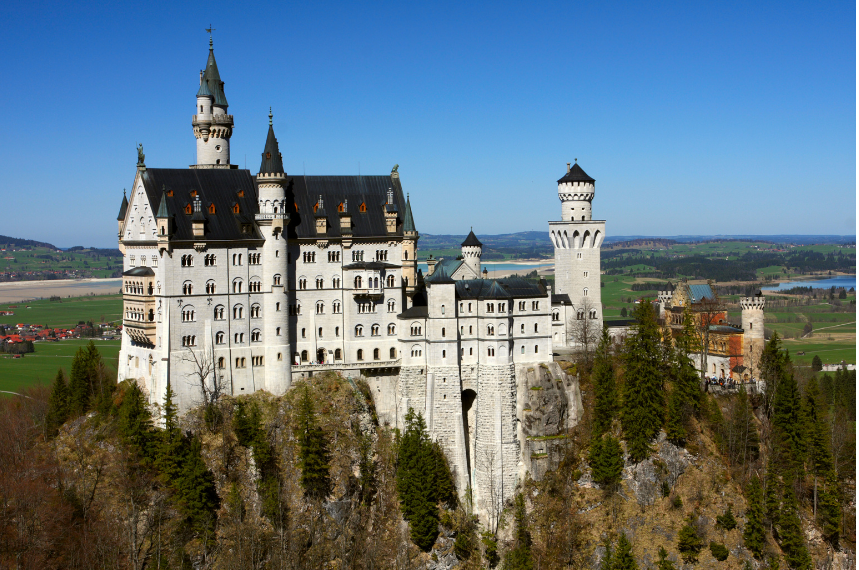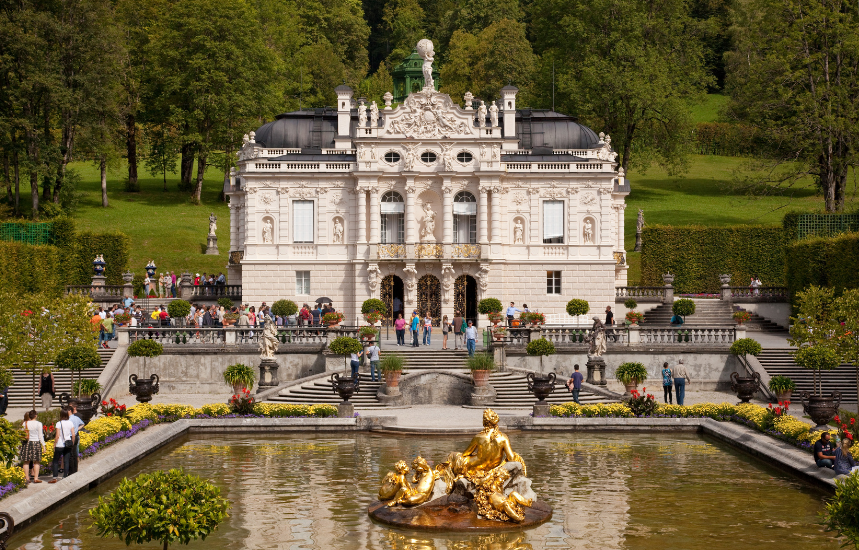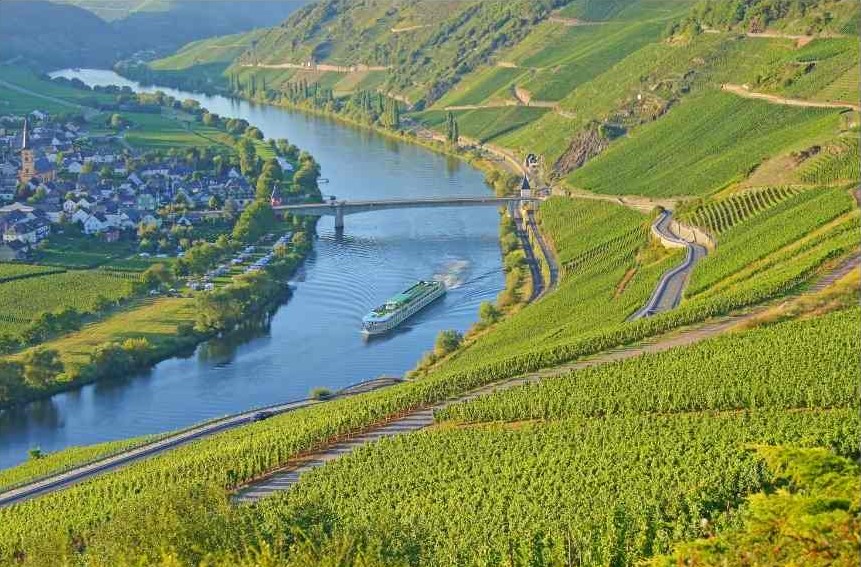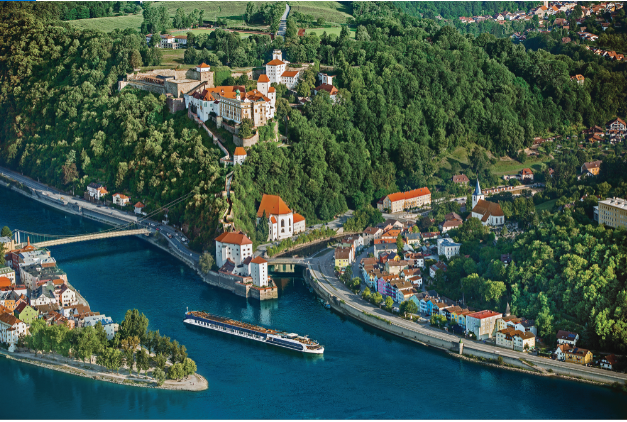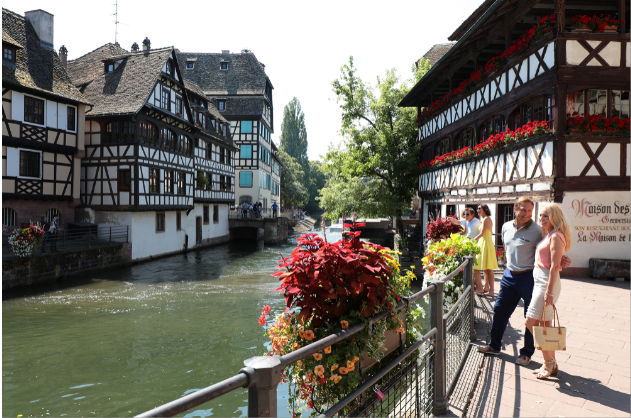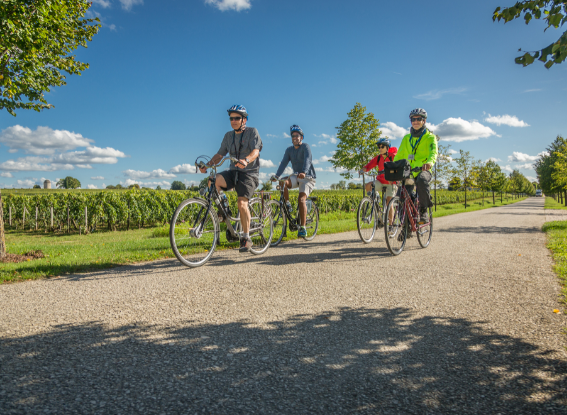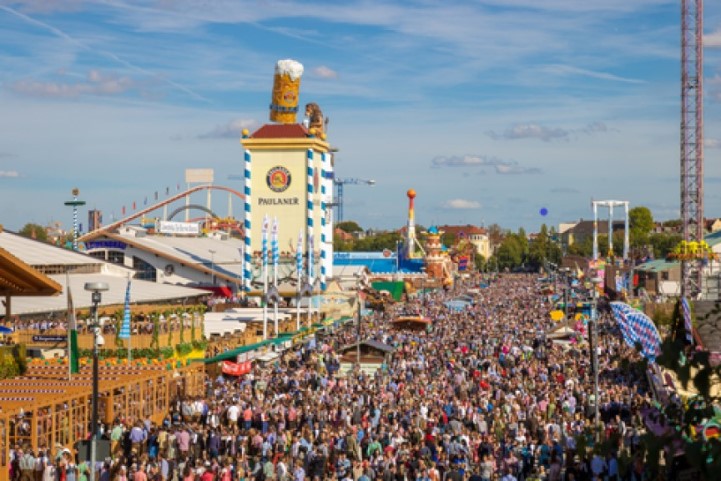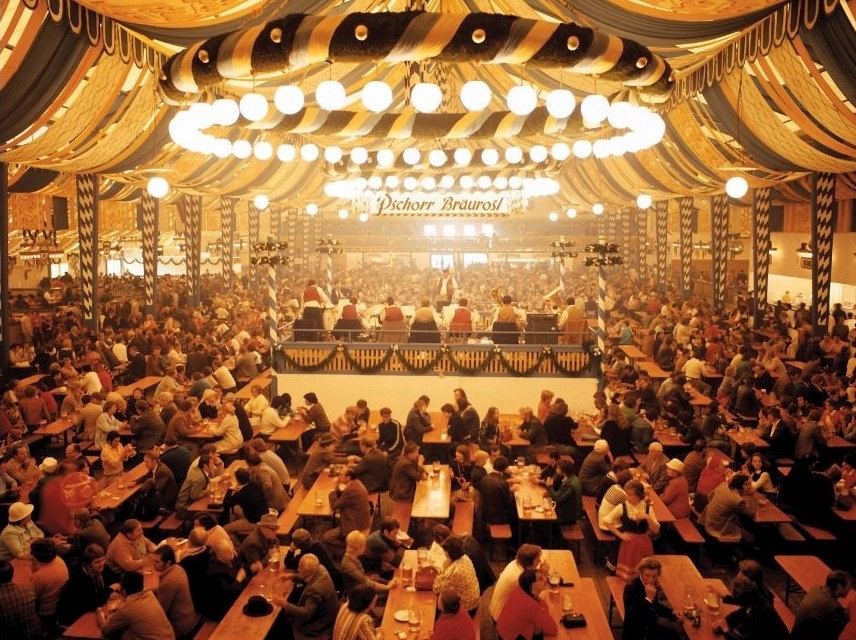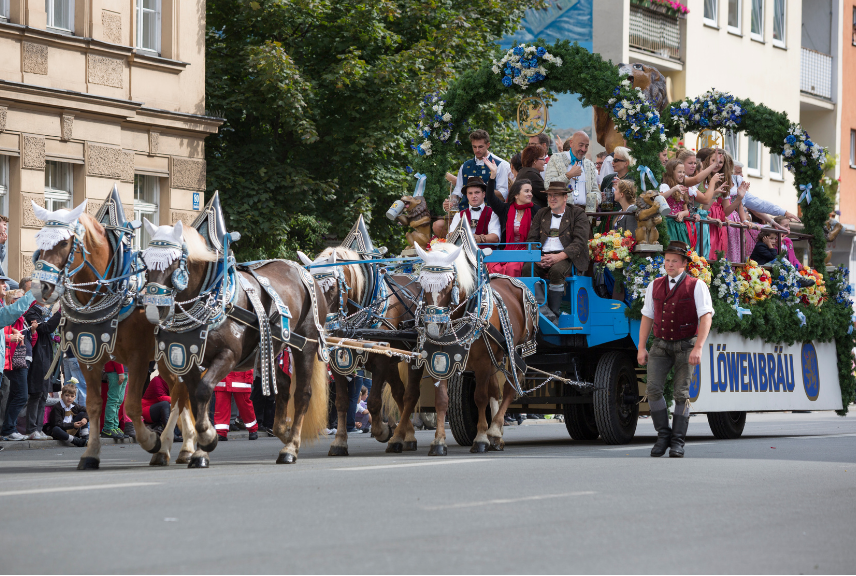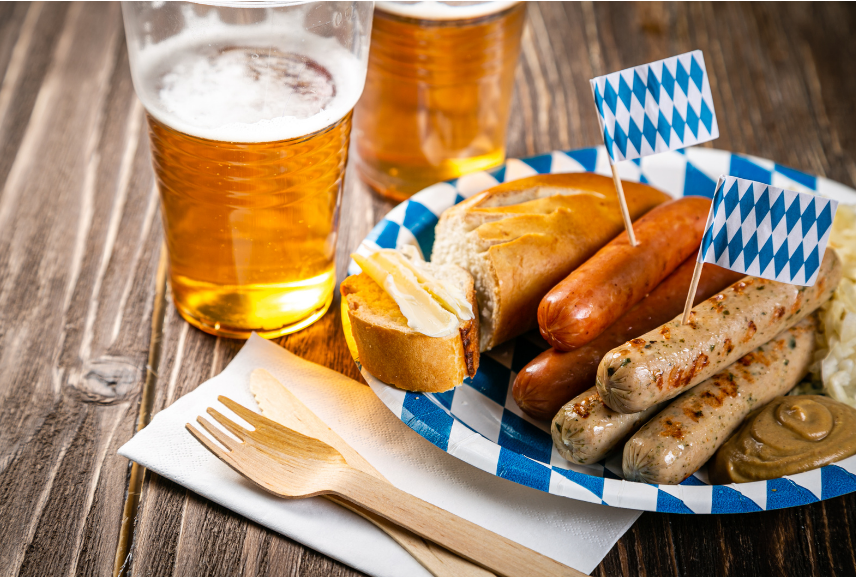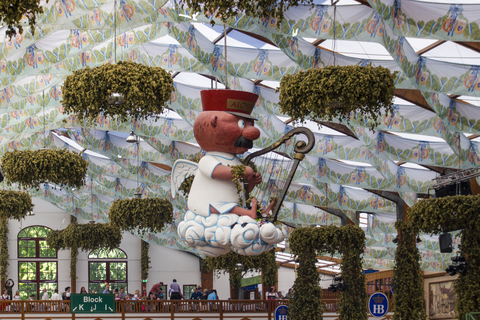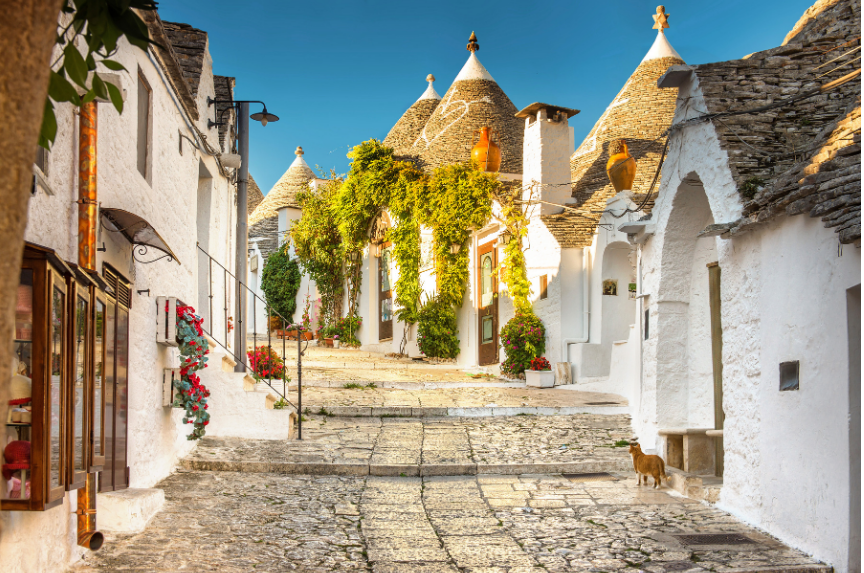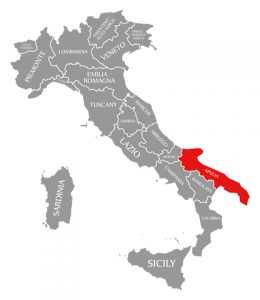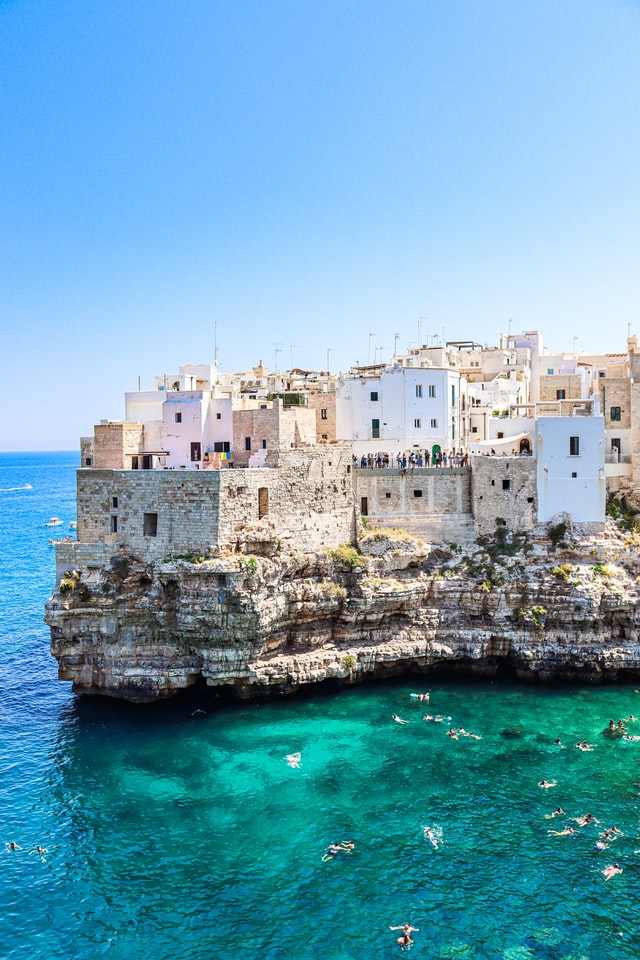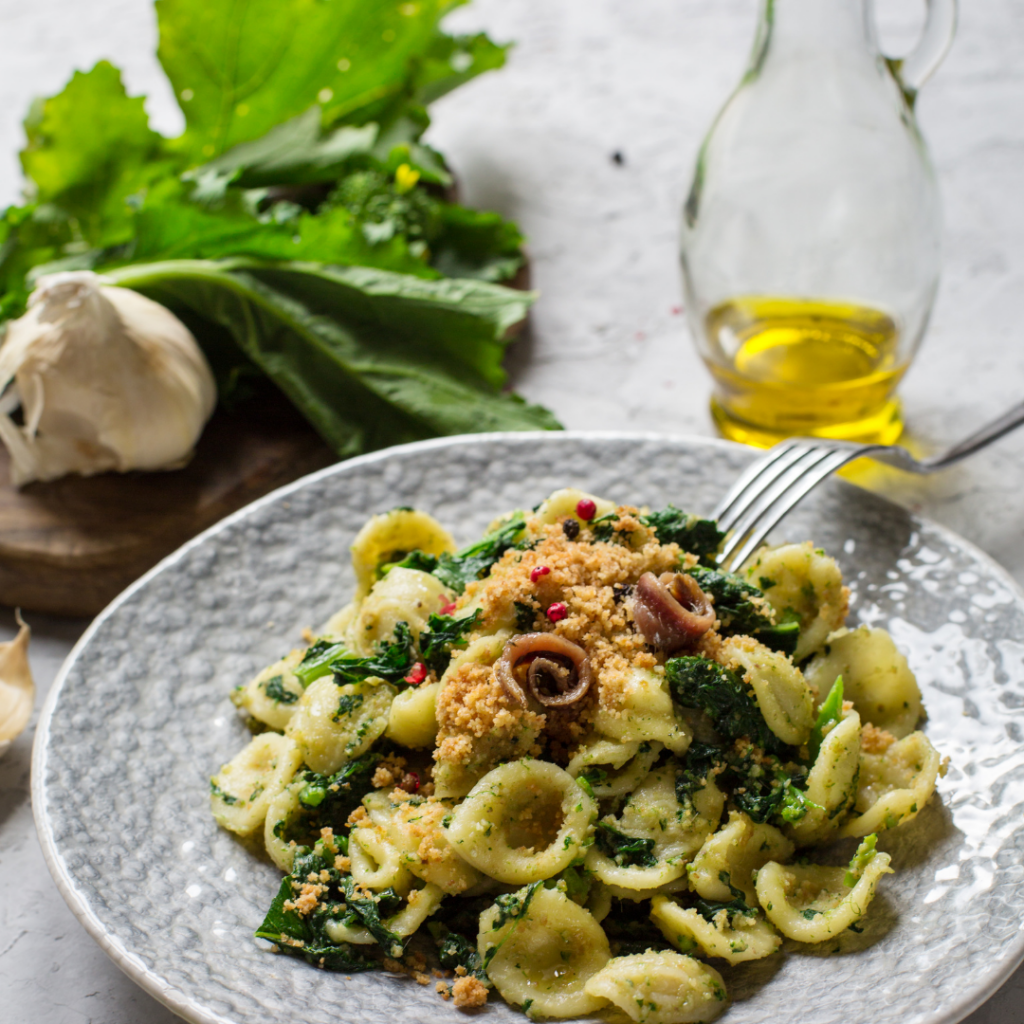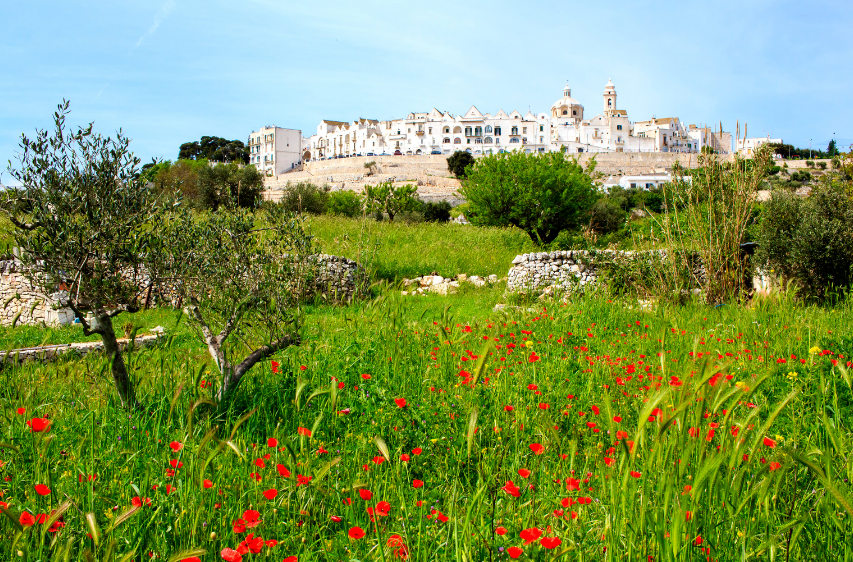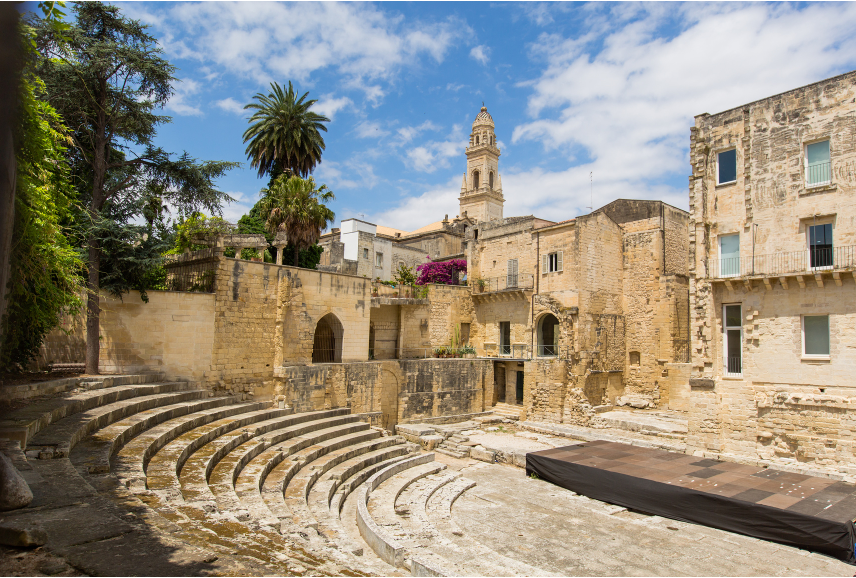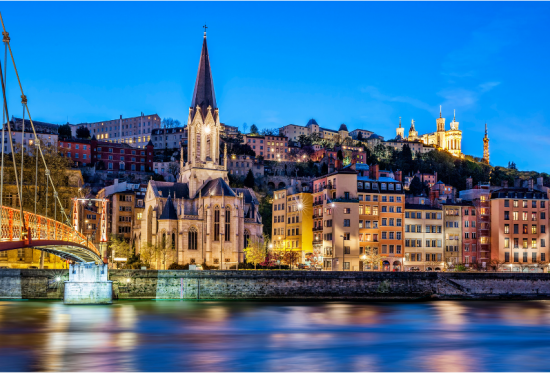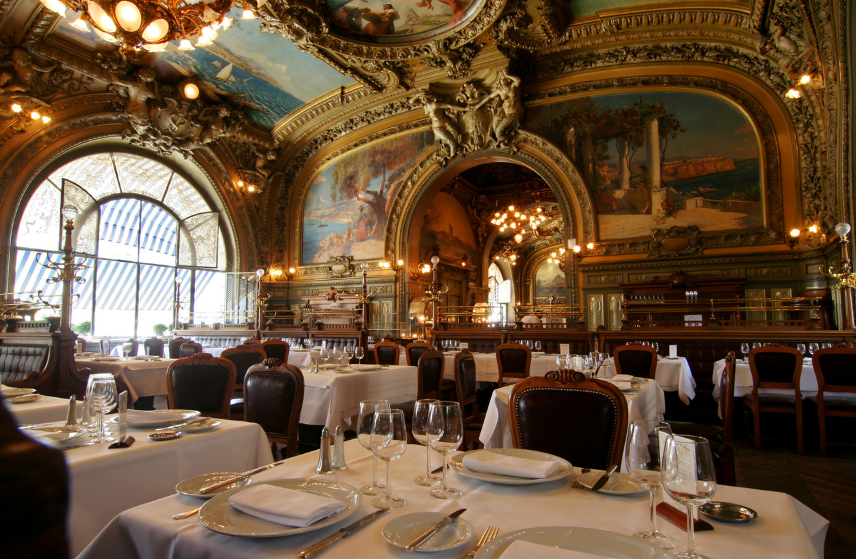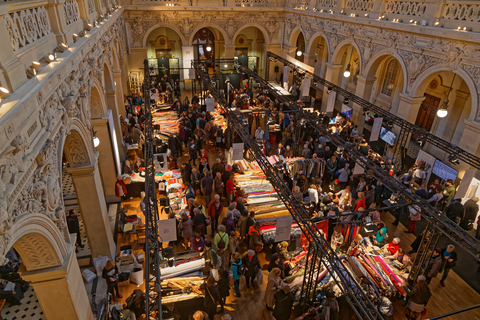Magical when describing a place – what does that bring to mind? Fairytale castles? Misty mornings? Gingerbread-style houses? Powdered sugar-covered mountain peaks? If so, places like this don’t exist only in theme parks and storybooks. A short drive south of Munich, Germany you will find just such a place.
A wonderful destination awaits which will please everyone. During the colder months of the year, winter sports enthusiasts flock to Garmisch-
A wonderful destination awaits which will please everyone. During the colder months of the year, winter sports enthusiasts flock to Garmisch-Partenkirken, a beautiful town in this southern area of Bavaria. During the warmer months of the year, activities abound in the surrounding area. And I do mean abound! With careful planning, you can enjoy the best of the area in a couple of days. For those that want a slower pace or to enjoy nature more fully, one can easily fill up a week using Garmisch as a base. Thus, this picturesque vacation area offers a lot of fun for families, couples, and solo travelers. What can you do in and around Garmisch-Partenkirchen? Let your journey begin!
Zugspitze
Not far from Garmisch-Partenkirchen you will find the highest mountain in Germany. At its 2,962 meter summit, breathtaking views from this imposing peak draw visitors from around the world. While there, check off your list that you visited Austria by taking a few steps over the border.
Albspitze
The Albspitze may not be as big as the Zugspitze, but this mountain is a favorite of many. The striking north face with its pyramidal peak stands guard over Garmisch-Partenkirchen creating an impressive panorama. Its formidable presence makes it one with the city and its symbol.
Especially in summer, you can hike through the idyllic landscape. With some climbing experience, one of the most popular climbing routes in all of Bavaria awaits you. Not a climber, no problem. Several cable
cars transport summit seekers to the top. The view from the platform “Alpspix” should be a reason to call this mountain a must-see!
Partnach Gorge
Located about three kilometers to the southeast of Garmisch-Partenkirchen, you find Partnach Gorge, by far one of the most impressive works of art that Mother Nature has given southern Bavarian. Through this rocky gorge flows the Partnach River, which carved its way through the rock over millions of years.
In summer, the gorge will blow your mind with its simply breathtaking landscape. In winter, when snow covers the whole area, a much more spectacular sight awaits. Massive ice formations give the already beautiful gorge the final touch.
Oberammergau
You’ll find the village of Oberammergau about 20 kilometers north of Garmisch-Partenkirchen. Although just a very small town, it offers visitors plenty to see. Strolling the picturesque streets of this generally quiet village, you’ll notice the many murals on the houses depicting various scenes from the bible and notably the Passion of Christ.
In addition to its famous woodcarving school and shops filled with the work of these craftsmen,
Oberammergau hosts the world-renowned Passion Play which takes place every ten years during the late spring thru early autumn. In thanks to Godfor saving the town from the bubonic plague, the play draws attendees from around the world to see the production by the citizens of the town. During other years you can still visit the Passion Theater for a tour of the theater and stories of how this event is produced that will leave you amazed.
Neuschwanstein Castle
If there is one castle known all over the world for its breathtaking beauty, the Bavarian fairytale castle of Neuschwanstein stands out. Sitting atop a hill near the base of a mountain, this castle commands the surrounding area. One of three castles built by the so-called Mad King Ludwig, this castle inspired the castles in Sleeping Beauty and Cinderella. In addition to a visit inside the castle, allow time to walk or take a carriage ride up the hill to the castle and enjoy the views. For those with more time, explore nearby Hohenschwangau, the childhood home of the mad king.
Keep in mind that you are not the only one who wants to enjoy the breathtaking sight. Long lines form early and last throughout the day. With limited time and/or families with children, purchase “skip the line“ tickets in advance for a less stressful visit.
In addition to this fairytale castle, you will also find numerous other castles throughout Bavaria worth a visit. However, if you have a tight schedule, Neuschwanstein Castle, the most beautiful of them all, should be at the top of your list.
Linderhof Castle
Linderhof Castle is the smallest of Neuschwanstein and Herrenchiemsee (located between Munich and Salzburg) castles built by Bavarian King Ludwig II. In this castle, the so-called fairy tale king stayed here most often. Why you may ask? This castle in the Alps was the only one completed during his lifetime.
Above all, the beautiful gardens and relaxing fountain around the imposing castle will completely inspire you. The mix of baroque and rococo styles gives this royal residence a flair that can hardly be compared to any other royal dwelling.
And that’s not all!
Of course, you will find plenty of other interesting places to visit in addition to these should you opt for an extended time to explore the area. For example, Höllental Gorge, Ettal Abbey, the Wieskirche, and the town of Fussen are just a few of the other sites in this area jam-packed with things to see and do. If you love the outdoors, literally thousands of trails can keep you challenged the entire length of your stay.
Don’t let the small alpine town of Garmisch-Partenkircken and surrounding area known for skiing lure you into thinking you can see everything in a day or two. With a well-planned itinerary, you can see the highlights, but to savor the area and all it has to offer, you can plan to spend 4-7 days. Call me to help you create a perfect itinerary for you!

